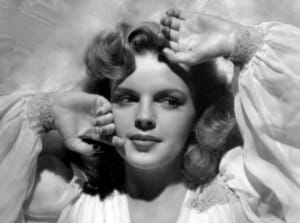Behind the dazzling performances and unforgettable songs, Judy Garland’s life was a stark contrast to the roles she played—marked by relentless pressure, emotional turmoil, and a lifelong struggle to meet impossible expectations. From a childhood shaped by studio control to an adulthood filled with personal battles, her story is one of extraordinary talent overshadowed by exploitation and heartbreak. Far from a fairytale, Garland’s life reveals the heavy cost of fame and the quiet resilience of a star who was never truly allowed to rest.
How Does a Legend Fall So Far?
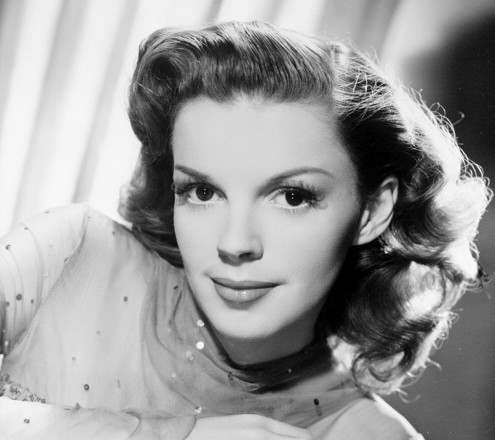
Judy Garland should’ve ended her life in comfort, celebrated as a Hollywood icon. Instead, she died broke, exhausted, and singing for rent in dingy clubs.
By the 1960s, the girl who’d once been the symbol of American innocence was barely holding on. Fame hadn’t saved her—it had slowly consumed her.
To understand how such magic turned to heartbreak, we need to rewind. Back to the start. To the little girl who dreamed big—and paid the highest price for it.
A Difficult Beginning for the Girl Who Would Become a Star
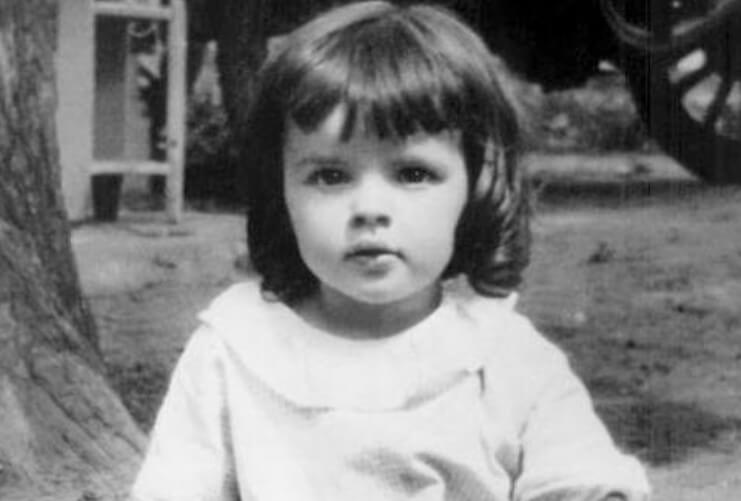
When vaudeville performers Ethel and Frank Gumm learned they were expecting a third child, it wasn’t cause for celebration—they considered ending the pregnancy.
Frank even reached out to a friend studying medicine for advice about an abortion, though it was illegal and dangerous. In the end, they went through with it.
On June 10, 1922, Frances Ethel Gumm, who would become Garland, was born in Grand Rapids, Minnesota. The youngest of three daughters was destined for unforgettable fame.
At Just Two Years Old, the Stage Was Her Safe Place
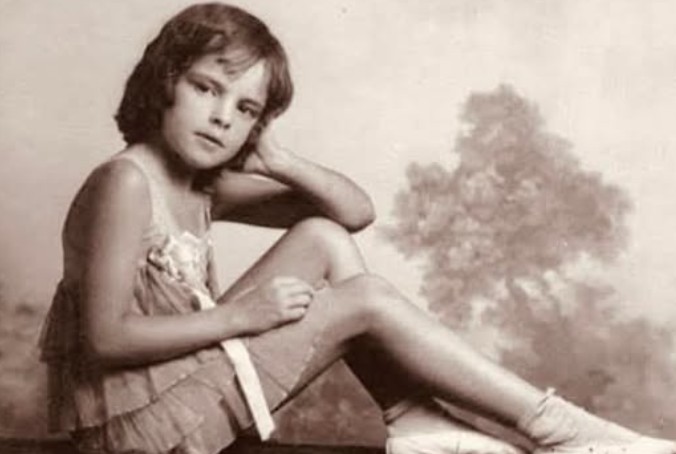
Frances Gumm didn’t just grow up around show business—she was raised in it. Music halls and backstage chatter were as familiar as bedtime stories.
At just two and a half, she debuted on stage in Grand Rapids. For her, performing wasn’t playtime—it was her way of existing, of being seen.
Years later, she admitted, “The only time I felt wanted when I was a kid was when I was on stage.” Applause became her substitute for love.
Her Family Moved To California in 1926, Escaping Controversy
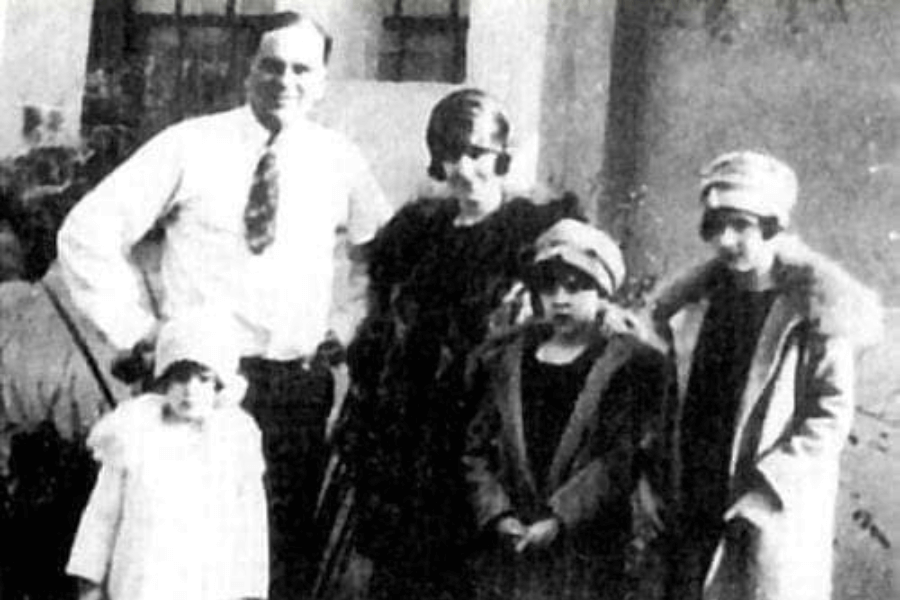
Young Frances’s home life was rocky from the start. Her father, Frank, had affairs with young men—something the small town of Grand Rapids didn’t ignore.
Frank’s actions grew so out of bounds for Grand Rapids that the Gumm family, which also included Garland’s older sisters Mary Jane and Virginia, moved to California in 1926.
The move helped launch Frances’s career, but not her peace. “My parents were separating and getting back together all the time,” she later said. “It was very hard for me.”
For Years, She Performed With Her Two Older Sisters
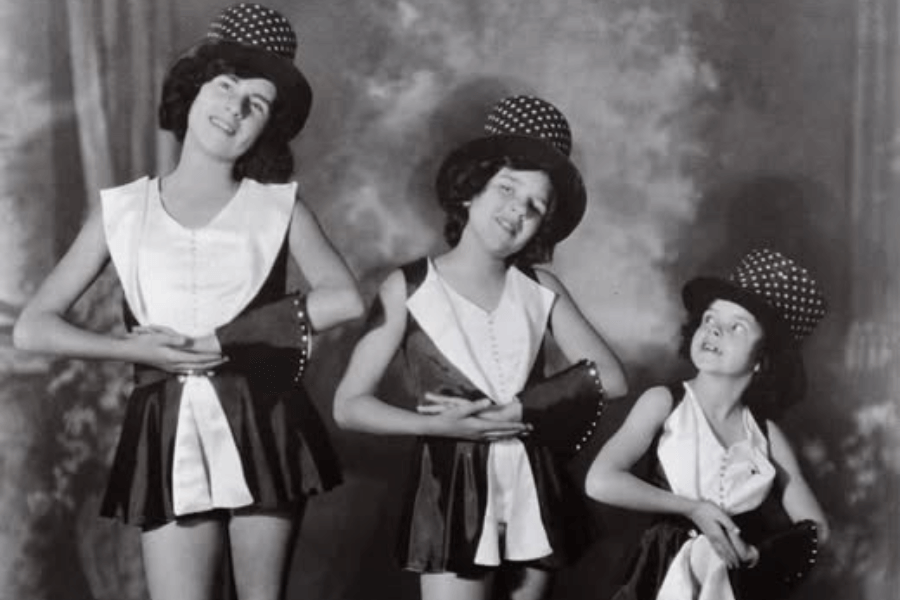
In the late 1920s, Frances didn’t take the stage alone—she performed alongside her older sisters, Mary Jane and Virginia, as part of the Gumm Sisters trio.
In 1928, the girls enrolled in the Meglin Kiddies dance school in Los Angeles. Through the school’s troupe, they performed in holiday shows and vaudeville circuits, sharpening their stage presence.
Their film debut came in The Big Revue (1929), followed by several shorts, including A Holiday in Storyland and Bubbles. They had made their final on-screen appearance together in 1935.
Her Mother Was Her First Manager, and Her Worst Nightmare
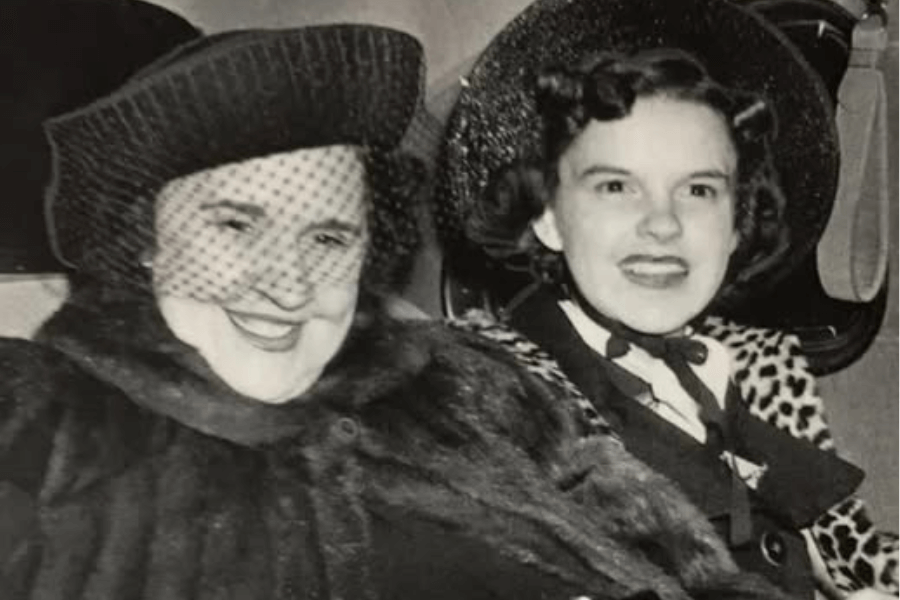
Even though Frances Gumm performed with her older sisters, Mary Jane and Virginia, she was her mother’s real focus. Ethel was determined to make her youngest daughter a star.
Ethel wasn’t interested in waiting for Frances to grow up either. She hustled her daughter through vaudeville gigs, nightclub appearances, and even the 1934 Chicago World’s Fair.
Some venues were far from kid-friendly—like clubs recently raided for gambling. Years later, Garland summed up the experience bluntly: she called her mother “the real Wicked Witch of the West.”
She Gave Her Pills Before She Turned 10
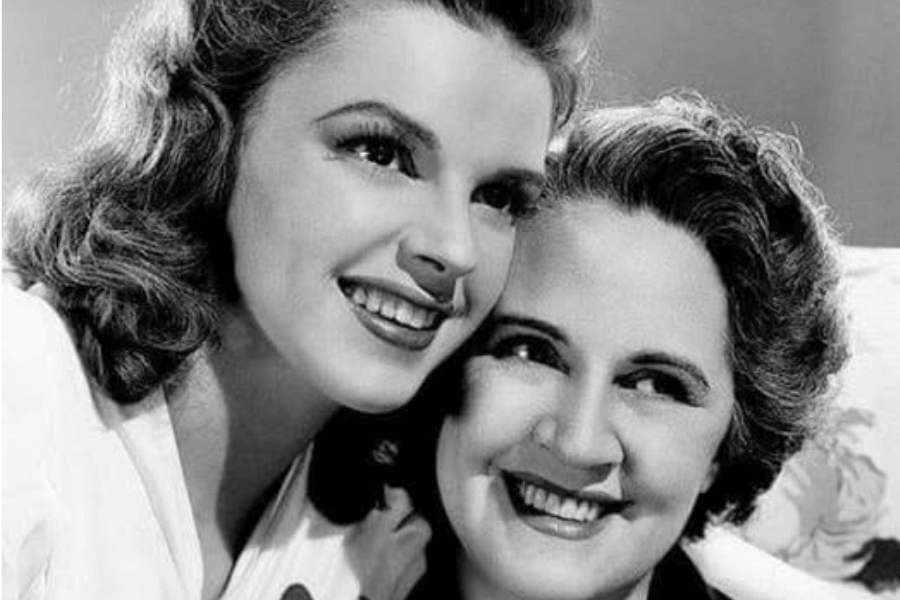
Ethel Gumm wasn’t just a controlling presence—she was the one who set the tone for Frances’s lifelong battle with performance and dependency.
When her daughter felt sick or overwhelmed, Ethel didn’t offer comfort. “Get out and sing,” she’d snap, “or I’ll wrap you around the bedpost and break you off short.”
According to biographer Gerald Clarke, Ethel was also the first to give Frances pills—ones to perk her up before shows and knock her out after. She was not yet ten.
The Garland Sisters Didn’t Last, But Judy Was Just Getting Started
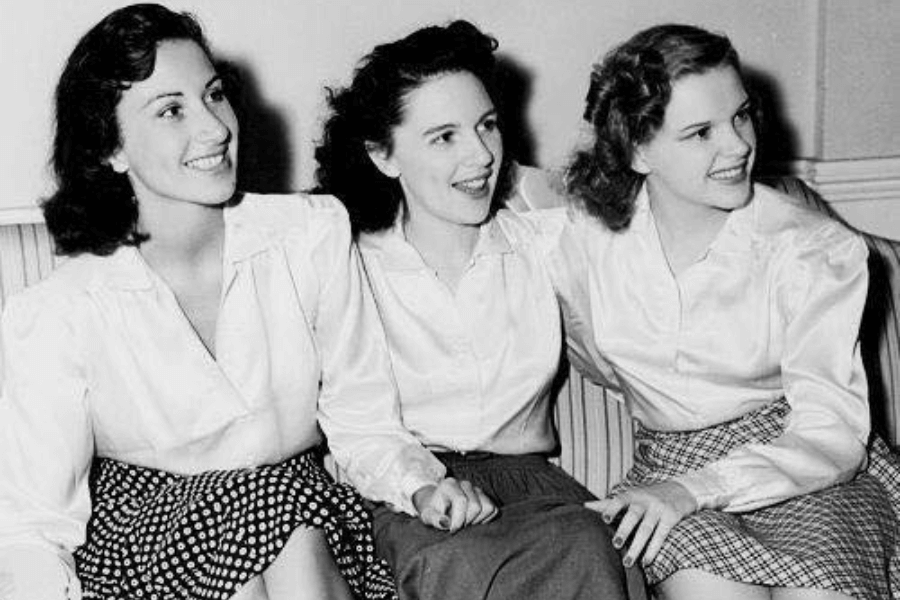
By the end of 1934, the Gumm Sisters had rebranded themselves as the Garland Sisters, hoping a new name would bring better luck—and less laughter.
Around the same time, Frances chose a new name too: “Judy,” inspired by a popular Hoagy Carmichael song. It was a small change that would define a career.
The trio didn’t last long. In August 1935, Mary Jane—now calling herself Suzanne—left the act to marry a musician in Reno. The group dissolved, but Judy’s star was only beginning to rise.
The Audition That Changed Everything

In September 1935, MGM boss Louis B. Mayer sent songwriter Burton Lane to scout a young singer at the Orpheum Theater. Her name was Judy Garland.
Impressed by what he saw, Lane arranged an audition at MGM’s Culver City studios. Judy, just thirteen, sang “Zing! Went the Strings of My Heart” and the Yiddish ballad “Eli, Eli.”
The studio signed her almost immediately—no screen test needed. But there was a catch: she was too old to be a child star, too young for grown-up roles.
MGM Wanted Her Voice, But Not the Rest of Her
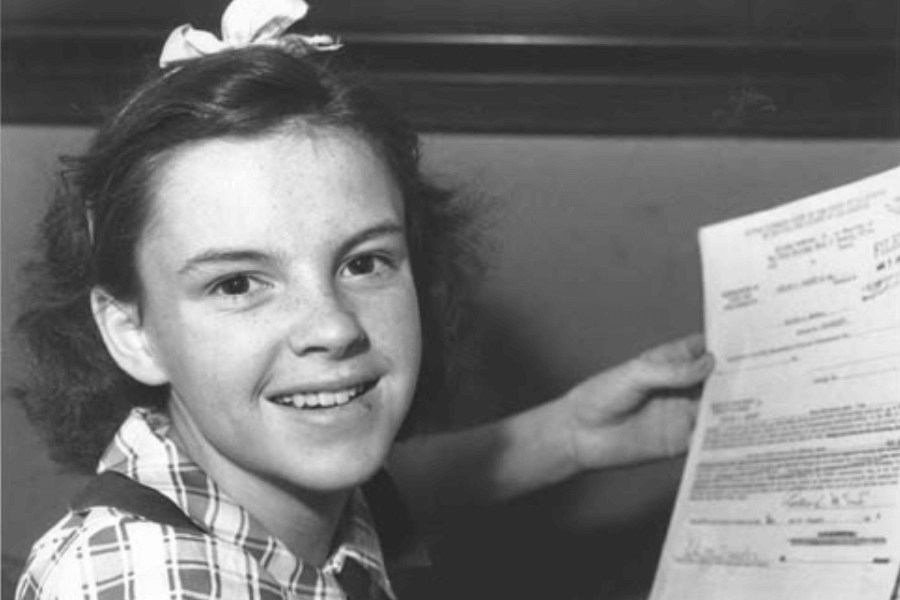
When Judy Garland signed with MGM at thirteen, her talent was obvious. But the studio quickly made her appearance a constant source of criticism.
She didn’t fit the Hollywood mold—too short, too round-faced, not glamorous enough. Louis B. Mayer reportedly called her “my little hunchback” because of her curved spine and stature.
Executives labeled her fat and plain. She was put on restrictive diets, fed chicken broth and black coffee, and told constantly that her body needed fixing.
The Studio Forced Her Into Diets and Amphetamines at Thirteen
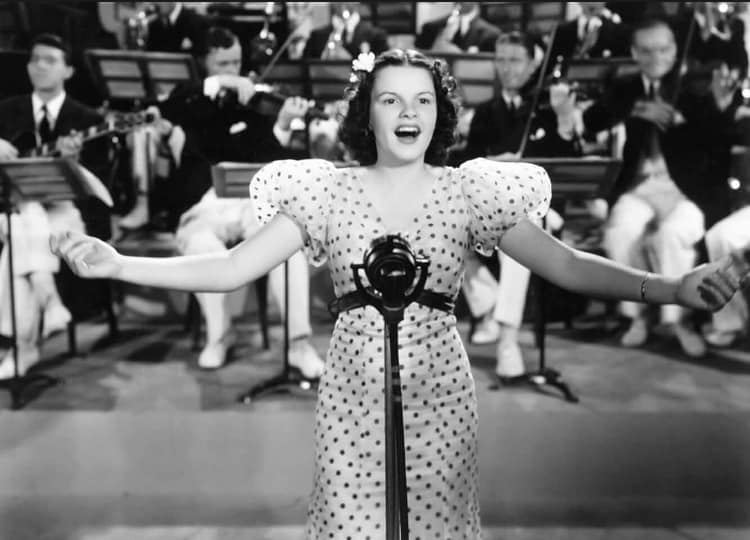
Judy wasn’t just policed on screen—she was monitored at the dinner table. MGM even used informants to report what she ate behind the scenes.
To control her weight, the studio gave her amphetamine-based diet pills—a dangerous, common fix in Hollywood. Thin mattered more than being healthy, especially for young girls.
Years later, she admitted food was never simple again. “From the time I was 13,” she said, “there was a constant struggle… what to eat, how much, when.”
The Girl-Next-Door Who Was Never Allowed to Be the Glamorous Lead
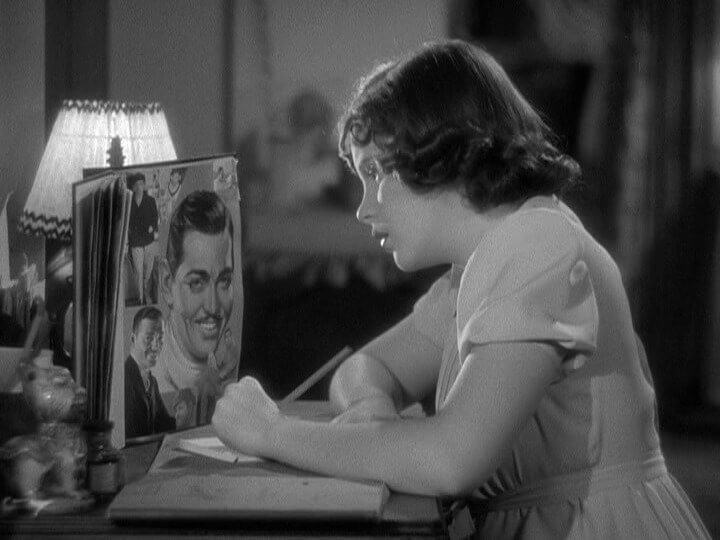
Unlike her MGM peers like Lana Turner or Ava Gardner, Judy Garland wasn’t sold as glamorous—she was the “ugly duckling” in a studio full of swans.
Garland was often cast in roles where she played the sweet, awkward girl hopelessly pining for someone else—usually opposite Mickey Rooney, MGM’s all-American golden boy.
As film scholar Anne Helen Petersen put it, Garland became “an avatar for the rejected… not sexy enough, not pretty enough.” Hollywood made her talent shine—but kept her beauty dimmed.
She Lost Her Father—and Any Real Protection—Right When She Needed It Most
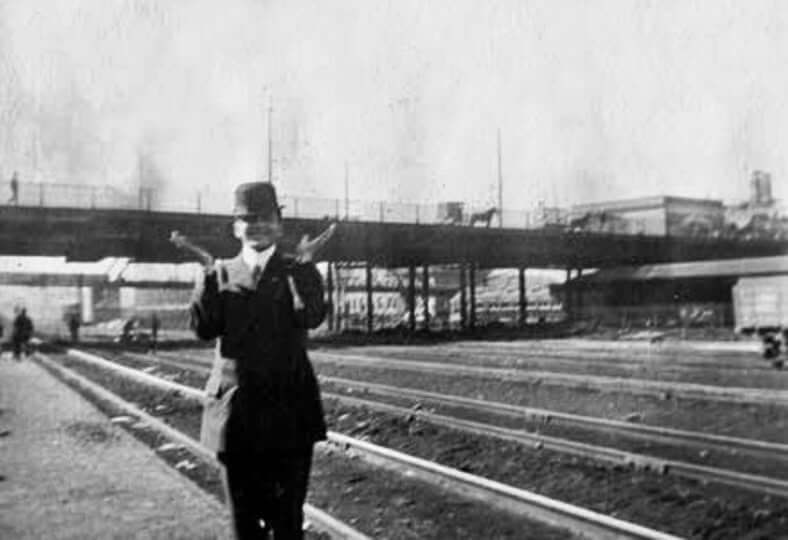
In 1935, just after Judy Garland signed with MGM, her father, Frank Gumm, died suddenly of meningitis. She was thirteen—and devastated by the loss.
Her relationship with her mother, Ethel, was already strained and only worsened with time. Ethel joined the MGM payroll and later remarried on the anniversary of Frank’s death.
As Judy’s fame grew, the studio saw dollar signs—not a vulnerable teenager. With no one truly looking out for her, her well-being was sacrificed for profit and publicity.
Long Hours, Little Sleep, and Pills to Keep Going
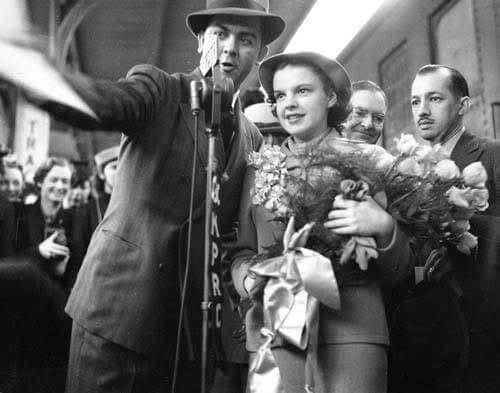
Before The Wizard of Oz made her a household name, Judy Garland was already working nonstop on films like Pigskin Parade, Thoroughbreds Don’t Cry, and Everybody Sing.
She often juggled two productions at once—squeezing in three hours of schooling and two of vocal rehearsal before even stepping in front of a camera.
Her days sometimes ended at 4 or 5 a.m., and to keep up, she relied on pills. It was the beginning of a dangerous cycle she would never fully escape.
MGM Transformed Her Into Dorothy by Force
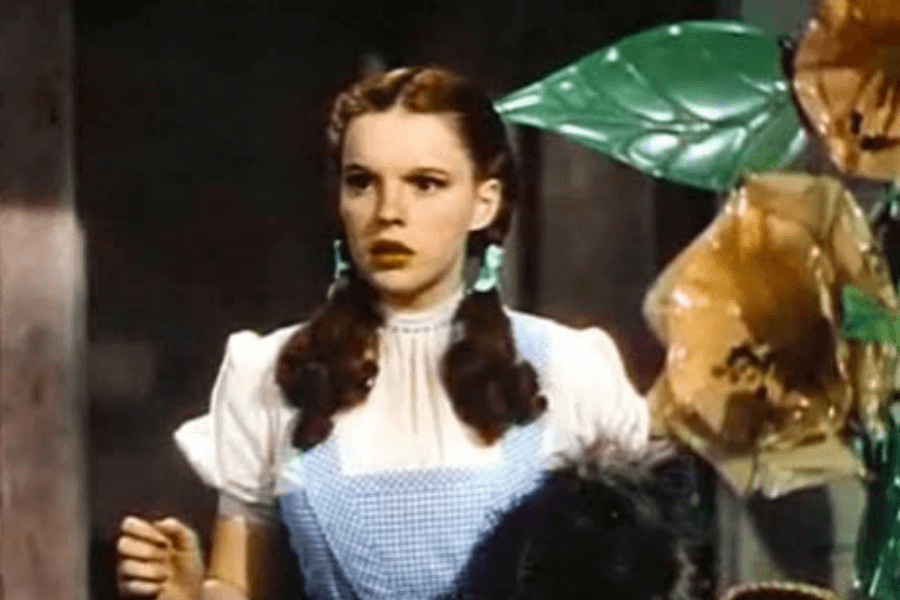
In 1939, at just sixteen, Judy landed the role of a lifetime as Dorothy Gale in The Wizard of Oz—but the cost was steep.
The part was originally meant for Shirley Temple, so MGM went to extreme lengths to make Judy look younger and more “innocent” on screen.
She was put on a harsh regimen: chicken soup, black coffee, diet pills, and amphetamines—plus 80 cigarettes a day. Her waist was corseted, and her nose altered with prosthetics.
She Faced Sexual Harassment on Set
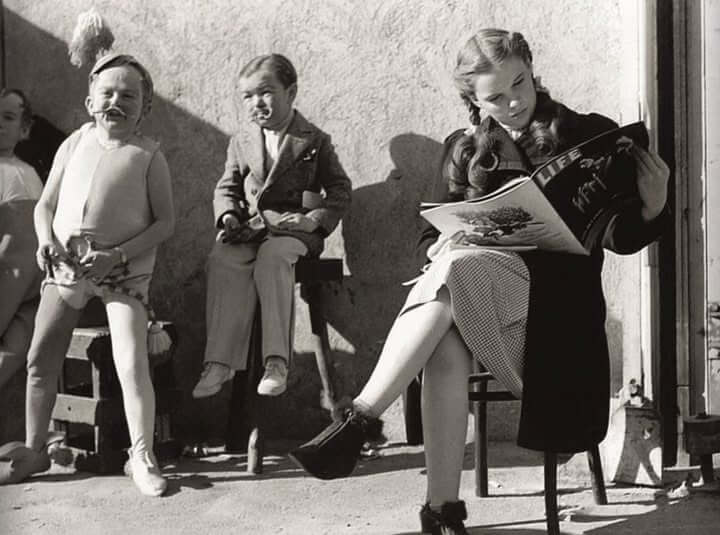
During the making of The Wizard of Oz and well beyond, Judy Garland endured constant sexual harassment from powerful men within the Hollywood studio system.
Biographer Gerald Clarke described how Louis B. Mayer, head of MGM, once groped her during a meeting—placing her hand on her breast while she sang for him.
Her third husband, Sidney Luft, later revealed that even on the Oz set, the actors playing Munchkins harassed her, reaching under her dress and making her daily life unbearable.
Oz Made Her a Star, But No One Knew What She Was Enduring
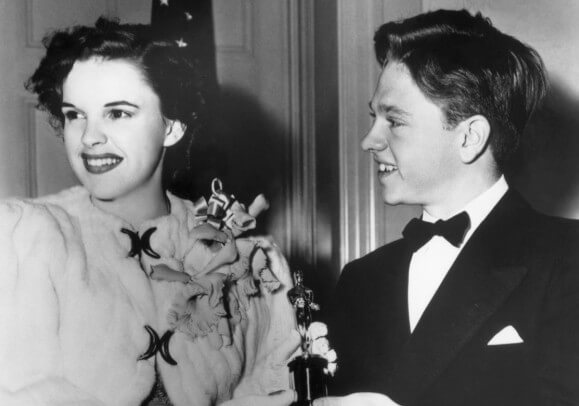
In the wake of The Wizard of Oz, Judy Garland appeared to have it all—fame, acclaim, and a golden future in Hollywood’s spotlight.
The film was a critical triumph, and it cemented Garland’s status as a star. That same year, she was honored with an Academy Juvenile Award in 1939 for her work in Oz and Babes in Arms.
To the public, she was a bankable, beloved talent. But behind the curtain, Garland was battling relentless pressure, abuse, and exploitation.
In 1941, Judy Married David Rose—A Rebellion That Didn’t Last
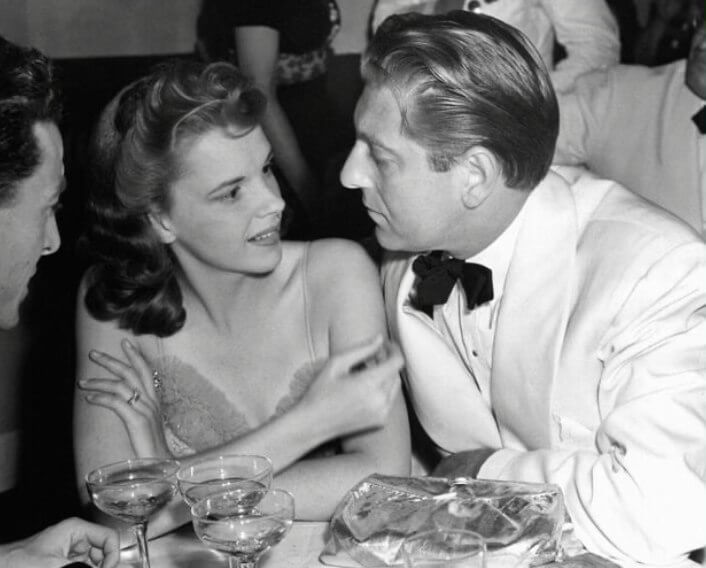
At just 19, Judy Garland eloped to Las Vegas with 30-year-old bandleader David Rose—a bold act of defiance against her mother and MGM.
Ethel Gumm and studio executives were furious. Garland, trapped under constant control, saw marriage as her first real choice. It wasn’t about love—it was about freedom.
But the marriage quickly faltered. Rose was distant, their schedules clashed, and Garland was still emotionally fragile. They divorced in 1944, with little fanfare and even less regret.
During the Marriage, She Was Forced to Have an Abortion
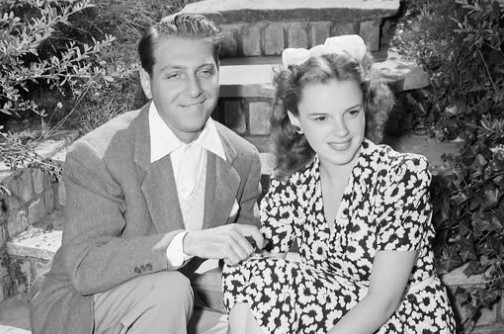
At 19, when Judy Garland became pregnant during her marriage to David Rose, she wasn’t given a choice. Her mother, Ethel, insisted on an abortion.
They claimed a baby would ruin her ingenue image—an excuse Hollywood used often. Stars like Bette Davis and Ava Gardner were pushed into similar decisions.
Years later, during her third marriage to Sidney Luft, Garland was again forced to terminate a pregnancy.
Her Second Marriage to Vincente Minnelli Ended due to Infidelity and Addiction

Judy married director Vincente Minnelli in June 1945, after starring in Meet Me in St. Louis—one of her most successful and beloved MGM films.
Their marriage, celebrated at Garland’s mother’s California home, had MGM’s full approval. It was glamorous on the surface, but privately strained almost from the start.
They welcomed daughter Liza Minnelli in 1946. But infidelity on his part, and her deepening addiction and breakdowns, slowly unraveled their relationship. They divorced quietly in 1951.
From Studio Starlet to Studio Liability

After The Wizard of Oz, Judy starred in several hit films like Babes in Arms (1939), Strike Up the Band (1940), and Meet Me in St. Louis (1944).
But behind the bright smile was a young woman overwhelmed by grueling schedules, harsh studio control, and years of pill use that began when she was just a child.
As her dependency worsened, her reliability declined. She arrived late, missed rehearsals, or collapsed on set. MGM began seeing her less as an asset and more as a problem.
Breakdown, Replacement, and MGM’s Harsh Goodbye
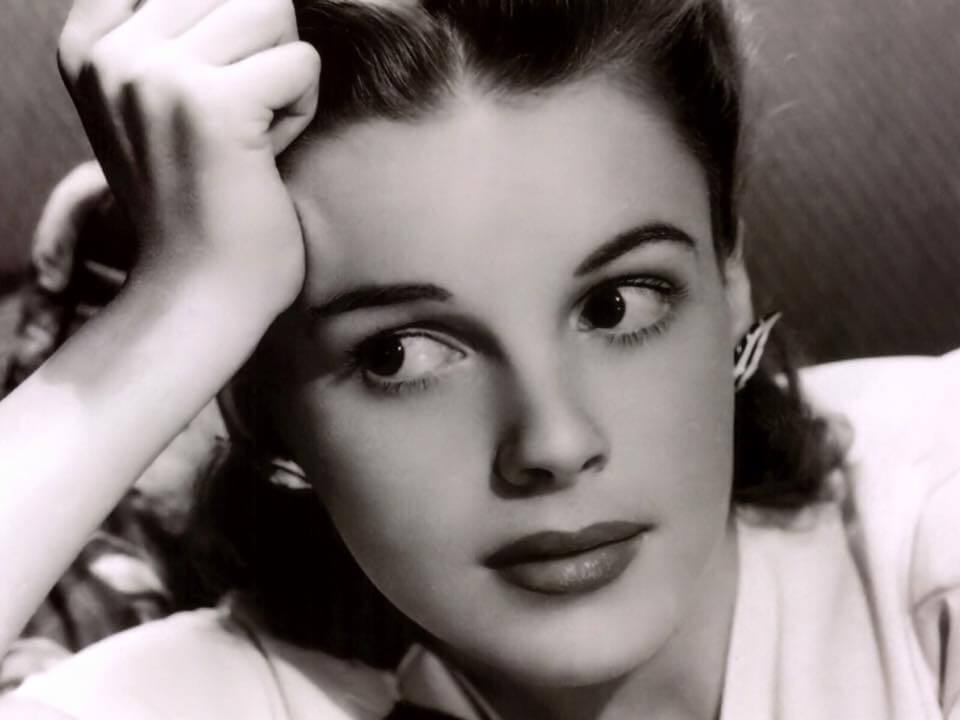
By 1947, Garland’s health was crumbling. During The Pirate, she suffered panic attacks and breakdowns. Her erratic behavior often halted production, costing MGM time and thousands.
She was suspended from The Barkleys of Broadway in 1948 after failing to show up, and dropped entirely from Annie Get Your Gun in 1949.
In 1950, she attempted suicide after another breakdown. MGM officially ended her contract that June. By the time the studio let her go, she had appeared in over 25 films in just 15 years.
She Began Her Comeback with a Triumphant London Debut
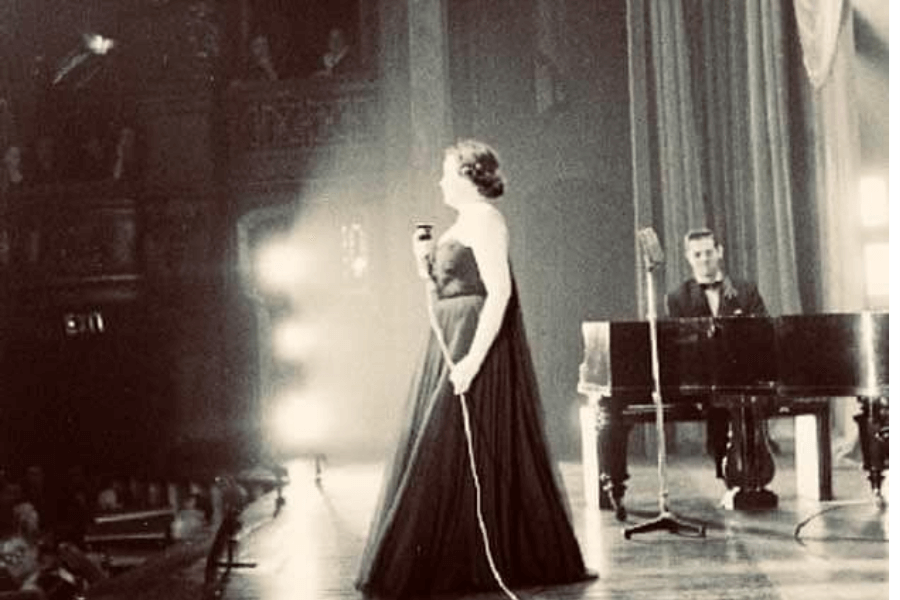
After being released from MGM in 1950, Judy Garland turned to the stage to rebuild her life and career. In April 1951, she headed to London.
Her comeback began at the London Palladium, where she performed a sold-out engagement with her usual mix of nerves, humor, and unmatched vocal power.
Reflecting on the experience, Judy said: “It was like being reborn. The audience gave me life again—I felt wanted, needed. I’d never known that before.”
Her Record-Breaking Palace Theatre Run Proved She Didn’t Need MGM
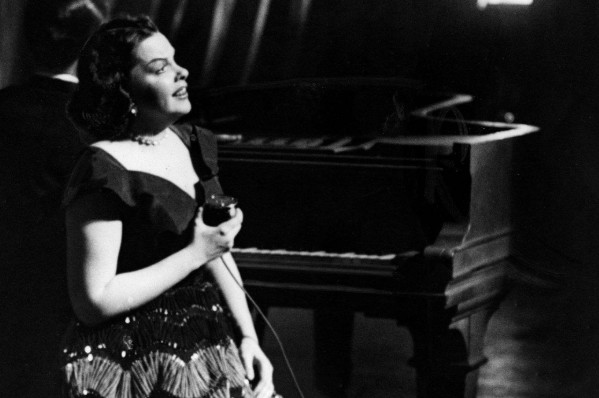
Later in 1951, Garland returned to the U.S. and opened at New York’s Palace Theatre. What was meant to be a few weeks lasted 19 triumphant ones.
The engagement shattered attendance records. Garland told reporters, “It was the first time I knew I could survive without a studio. I was finally my own act.”
Her performances helped revive the fading vaudeville scene and earned her a special Tony Award in 1952 for her “important contribution to the revival of live entertainment.”
She Made An Incredible Hollywood Comeback in A Star Is Born
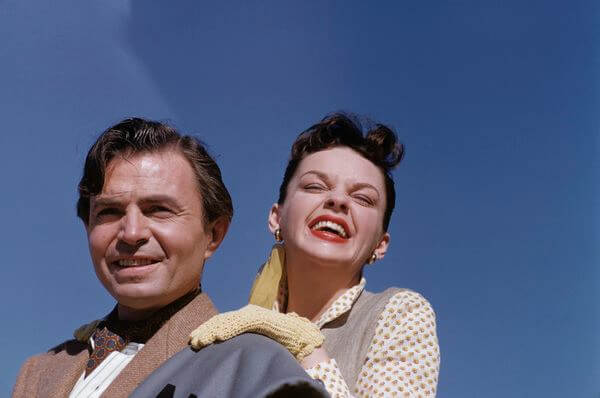
After years off the big screen, Garland made a bold return in 1954 with A Star Is Born, directed by acclaimed filmmaker George Cukor for Warner Bros.
She played Esther Blodgett, a rising star opposite James Mason. The role was intensely personal, mirroring her own battles with fame, addiction, and reinvention.
Her performance was praised as the best of her career. She earned an Oscar nomination, though she famously lost to Grace Kelly in The Country Girl.
Things Were Looking Up: She Found Love Again
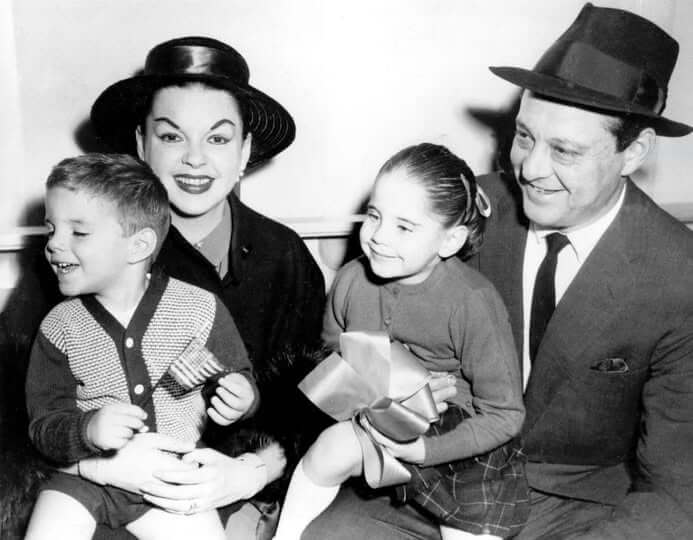
Judy Garland met Sidney Luft in the early 1950s, shortly after her split from Vincente Minnelli. He was a former test pilot turned film producer.
They married on June 8, 1952, in Hollister, California. Luft soon became not only her husband, but also her manager and key figure in her professional comeback.
Together, they had two children: Lorna Luft, born in 1952, and Joey Luft, born in 1955. For a time, it seemed like both family and career were back on track.
After Her Hollywood Success, Came a Second Golden Era Crowned by Carnegie Hall
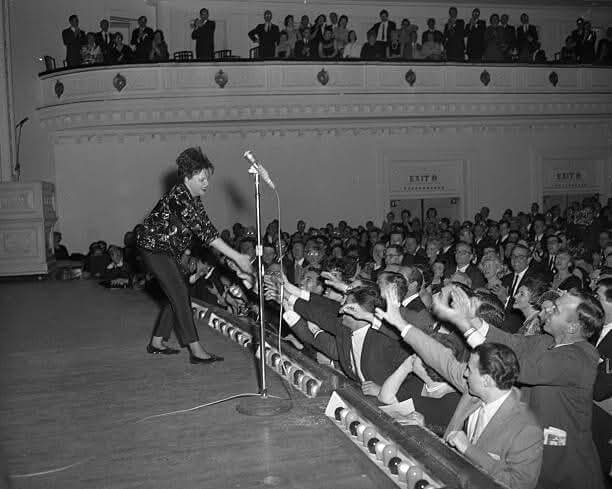
Following A Star Is Born, Garland focused on live shows, starring in TV specials like Ford Star Jubilee (1955) and touring globally to sold-out crowds.
On April 23, 1961, she gave her most iconic concert at Carnegie Hall. Tickets sold out weeks in advance; celebrities filled the audience in awe.
The resulting album, Judy at Carnegie Hall, won four Grammy Awards, including Album of the Year—making Garland the first woman to receive the honor for a live recording.
The Judy Garland Show and Television Turmoil
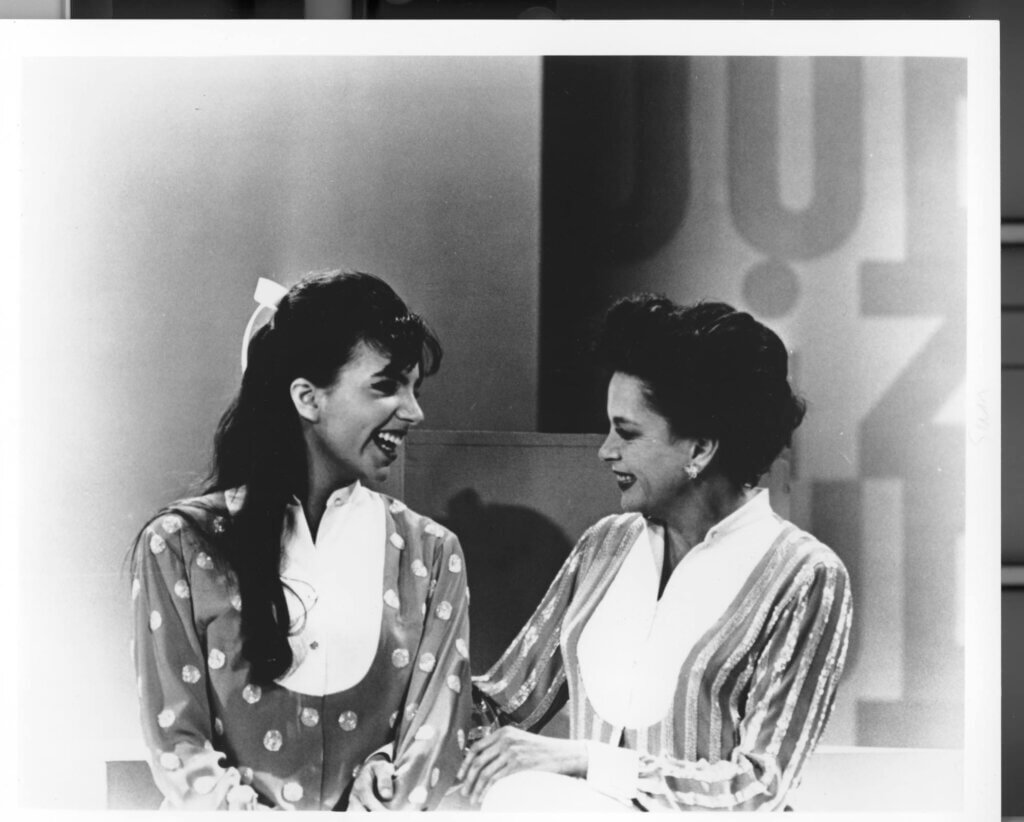
In 1963, Garland launched The Judy Garland Show on CBS. It aired Sundays at 9:00 p.m., competing with NBC’s top-rated western, Bonanza.
Despite stellar musical numbers and guests like Barbra Streisand, Mel Tormé, and Peggy Lee, low ratings and internal disputes led to its cancellation in 1964.
Though it ran only one season (26 episodes), Garland earned an Emmy nomination. The show remains a showcase of her enduring magnetism and undeniable on-screen charisma.
The End of Her Marriage and the Start of Another Fall
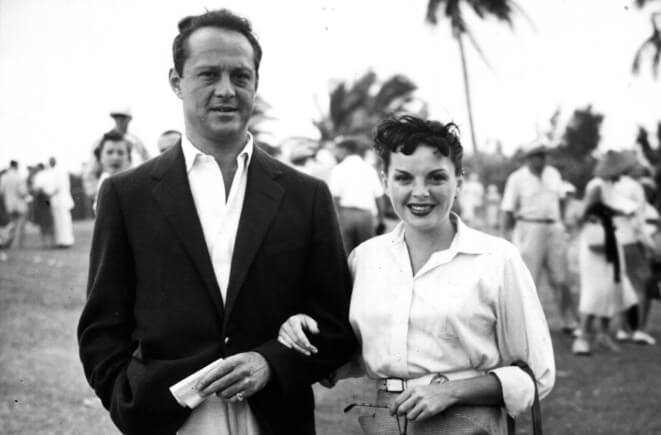
Judy Garland’s marriage to Sidney Luft began as a lifeline. He was the man who helped her rise again, both on stage and in life.
But over their 11 turbulent years together, things turned dark. There were fights, accusations of abuse, missing money, and the weight of Judy’s growing addictions pressing down hard.
By the time their divorce was finalized in 1965, the magic was gone. And so was the momentum. With the marriage over, her career began to slip—fast.
Custody Battles and a Fourth Loveless Marriage
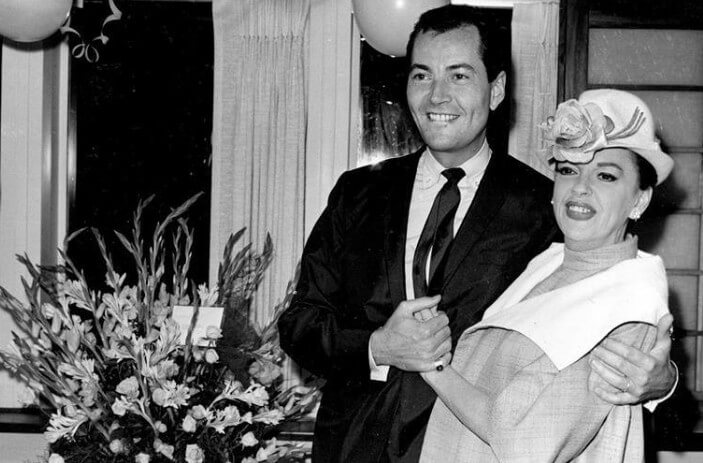
After divorcing Sidney Luft in 1965, Judy Garland found herself locked in a bitter legal battle over custody of their two children, Lorna and Joey.
The fight was ugly and public. Garland, struggling with addiction and instability, faced an uphill battle in proving she could provide a safe home for them.
Amid the chaos, she rushed into a fourth marriage with actor Mark Herron that same year. It lasted mere months—marked by violence, secrecy, and another painful goodbye.
Debt, Addiction, and the Long Fall After Television Fame
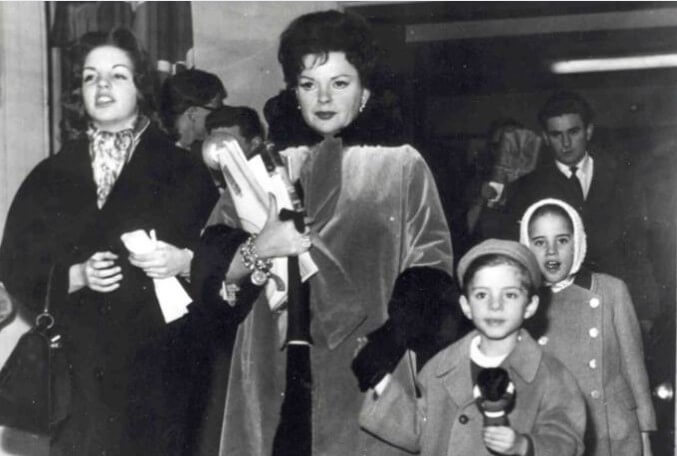
After The Judy Garland Show was canceled, Garland’s finances collapsed. She owed hundreds of thousands in taxes and was nearly bankrupt by 1965.
She lost her Hollywood Hills home and lived out of hotels. Decades of addiction—amphetamines to stay awake, barbiturates to sleep—left her physically and mentally depleted.
Her behavior became erratic. She missed shows, clashed with managers, and was hospitalized multiple times. “I’m always being Judy Garland,” she once said. “It’s exhausting being her.”
According to Her Daughter Liza, Things Weren’t Easy
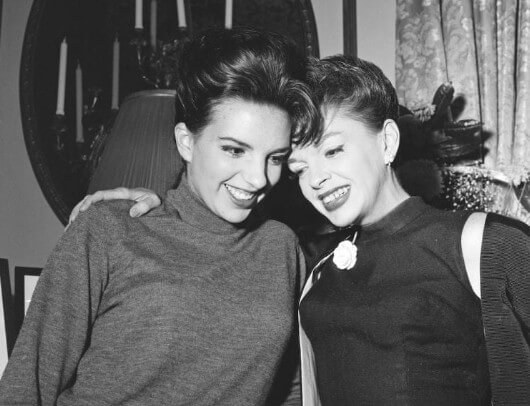
Liza Minnelli adored her mother. She called her “Mama” with affection and awe, and the two often shared the stage, dazzling audiences with their rare, matching brilliance.
But behind the spotlight, Liza’s childhood was anything but stable. “I went to 14 different schools,” she told TIME in 1970. “We were always moving.”
She chalked it up to money troubles—“Mama was so broke, maybe she owed money to landlords.” Despite the chaos, Liza still called it “a swell time,” wrapped in love and song.
The Roles of Mother and Daughter Were Often Reversed
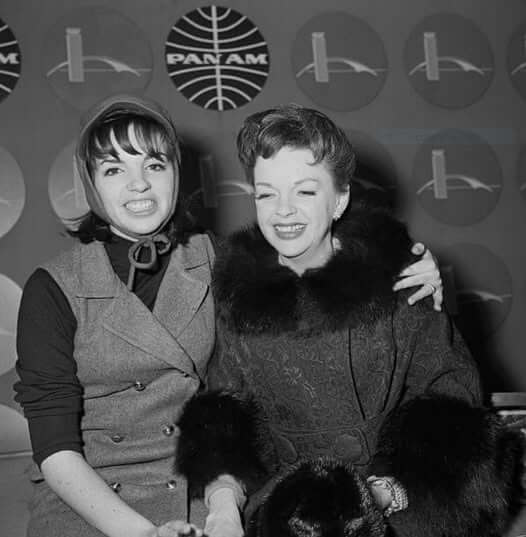
Liza Minnelli didn’t just grow up in the chaos of Judy Garland’s stardom—she helped hold her mother together when everything else was falling apart.
As the eldest child, Liza stepped into the role of caretaker far too young. While other kids did homework, she was managing her mother’s breakdowns and addictions.
“Saving Judy became one of her chores,” TIME reported in 1972. Liza and her sister Lorna once swapped out her mother’s sleeping pills for sugar. It wasn’t parenting—it was survival.
In 1968, She Attempted a Late-Career Comeback in London
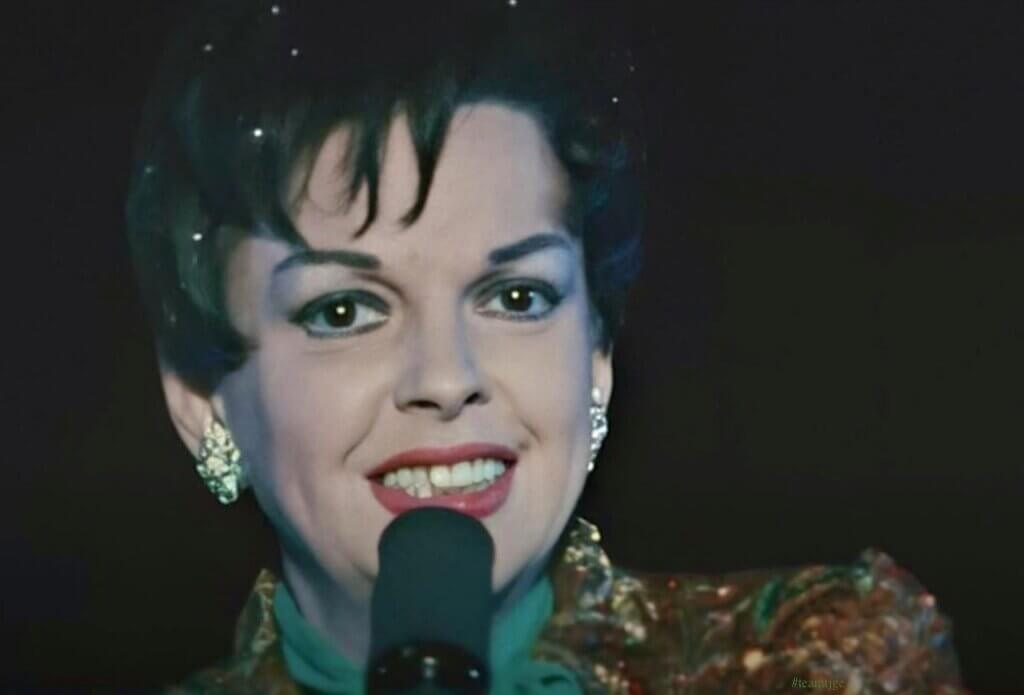
In 1968, Judy Garland returned to London for what was meant to be a late-career comeback. She signed on for a five-week run at the Talk of the Town nightclub.
Hoping to revive her stardom and escape financial ruin, she took the stage night after night—but her voice was frail, her body weaker, and the strain obvious.
She was often late, sometimes unable to perform at all. Audiences still adored her, but it was clear: this wasn’t a comeback—it was a farewell in slow motion.
“The Biggest Flop of Her Life”
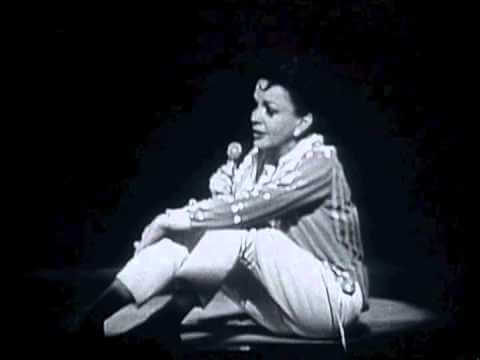
Though the Talk of the Town nightclub was packed, the press and audience weren’t as forgiving with Judy as they once were. The voice was shaky, the presence faded.
One review remarked, “She evokes pity and sorrow like no other superstar… in her we see the broken remnant of a gaudy age of showbiz.”
TIME later called it “the biggest flop of her life,” describing her as a “walking casualty.” She was done for good this time.
Her Last Marriage Began with Drugs and Ended in Tragedy
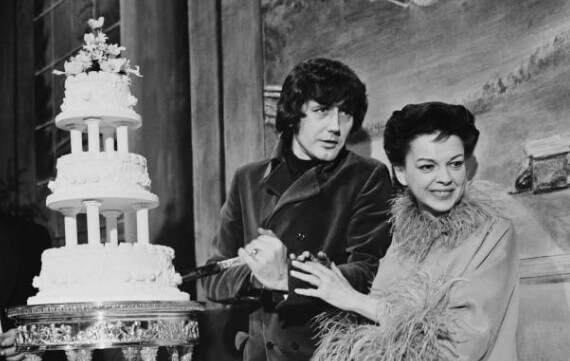
Three months before her death, Judy Garland married for the fifth—and final—time. Her new husband was Mickey Deans, a nightclub manager and musician.
They met years earlier in a hotel lobby, when he delivered a package of amphetamines to her room. That first encounter would set the tone for their entire relationship.
They married in London on March 15, 1969. But the union was short-lived and unstable. Garland died of a barbiturate overdose on June 22—just 100 days after saying “I do.”
Her Body Finally Gave Out
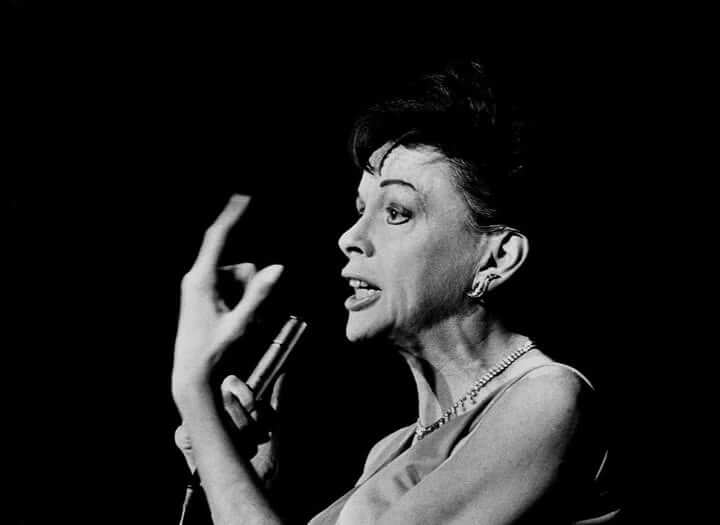
On June 22, 1969, Judy Garland was found dead in the bathroom of her rented home in Belgravia, London. She was just 47 years old.
The cause was ruled an accidental overdose of barbiturates, but her death was years in the making. Her body had endured decades of pills, exhaustion, and pressure.
She was sick—physically, emotionally, spiritually. A lifetime of being overworked, manipulated, and medicated had taken its toll. In the end, her body simply couldn’t keep up with the pain anymore.
“She Just Got Tired”
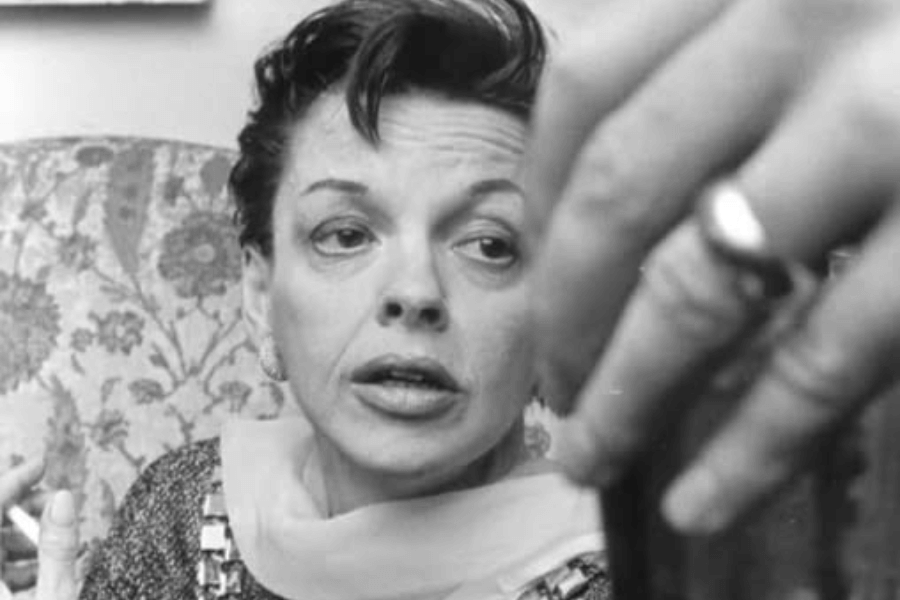
Although Garland’s death was ruled an accidental overdose, to those who knew her best, it was something far more human—and far more heartbreaking.
“She let her guard down. She didn’t die from an overdose. I think she just got tired,” Liza Minnelli told TIME in 1972, reflecting on her mother’s final days.
“She lived like a taut wire,” Liza said. “I don’t think she ever looked for real happiness, because she always thought happiness would mean the end.” In the end, she unraveled.
One Last Goodbye
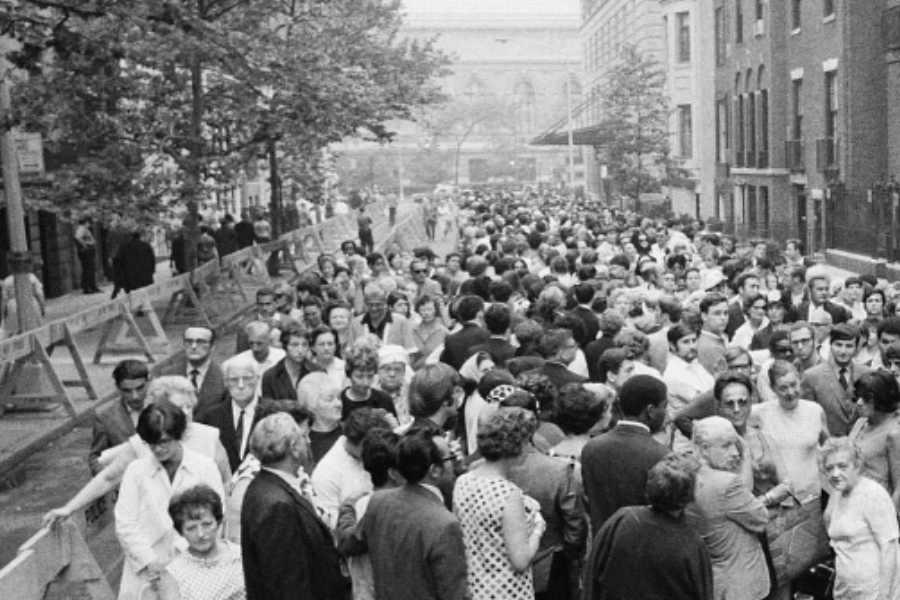
On June 27, 1969, more than 20,000 fans crowded the streets outside the Frank E. Campbell Funeral Chapel in New York City to honor Judy Garland.
Though her life had been filled with turmoil, her death stunned the world. Admirers gathered quietly, many weeping, just to catch a glimpse of her hearse.
Frank Sinatra called her “the greatest talent to ever grace this earth.” Bing Crosby said, “She gave more than she ever got.” Her final ovation came from the people who loved her most.
Her Gay Fans Made Sure the Spotlight Never Faded
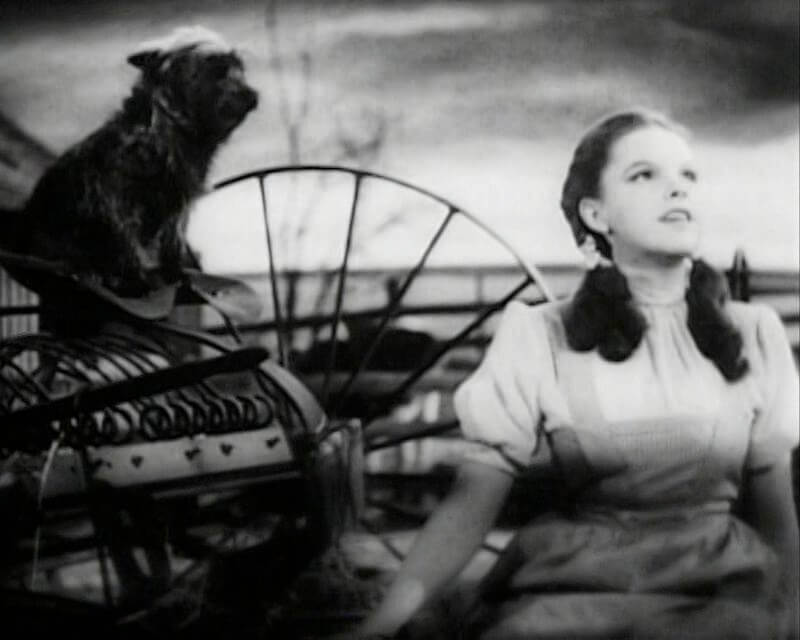
To generations of gay fans, Judy Garland wasn’t just a movie star—she was their star. Flawed, dazzling, emotional, and resilient, she reflected their struggles and dreams.
They saw themselves in her heartbreak and her comebacks. Her songs, especially “Over the Rainbow,” became quiet testaments to survival, longing, and the hope for something better.
After her death, it wasn’t Hollywood that kept her memory alive—it was her gay fans. Through midnight screenings, drag tributes, and endless devotion, they made sure Judy was never forgotten.
Her Legacy Is No Longer Just About the Spotlight, It’s About What It Cost Her
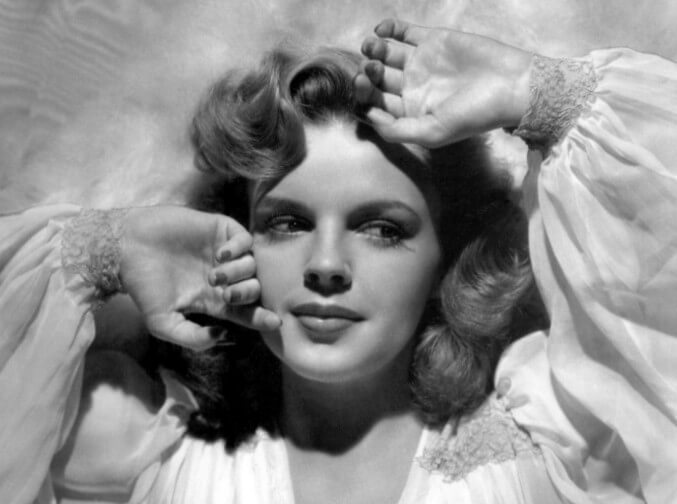
Judy Garland’s life was a whirlwind of glittering highs and devastating lows. She was one of Hollywood’s brightest stars—and one of its most tragic cautionary tales.
She gave the world timeless performances, unforgettable music, and raw emotional truth. But behind the curtain, she endured addiction, abuse, heartbreak, and an industry that treated her like a product.
Today, there’s a deeper understanding of her story. As more people learn what she endured, the sympathy grows. Judy is no longer just a legend—she’s a survivor we finally see clearly.
